Mousa Broch, an extraordinary relic from Iron Age Scotland, stands as a testament to ancient engineering and human ingenuity. Built around 300 BC, this remarkable structure is located on the remote island of Mousa in Shetland. Rising 43 feet into the sky, Mousa Broch remains the tallest and best-preserved broch in Scotland. Its history, design, and significance offer a fascinating glimpse into the lives of its ancient inhabitants. Let’s explore the inventions of the ancient world with archeology.dulichvn.net
The History of Mousa Broch
Origins in the Iron Age
Constructed approximately 2,300 years ago, Mousa Broch is a prime example of the brochs that dotted Scotland during the Iron Age. These drystone towers, characterized by their thick walls and hollow interiors, were likely used for defense or as high-status residences. Mousa Broch’s coastal location suggests a strategic purpose, possibly to monitor and repel seaborne threats.
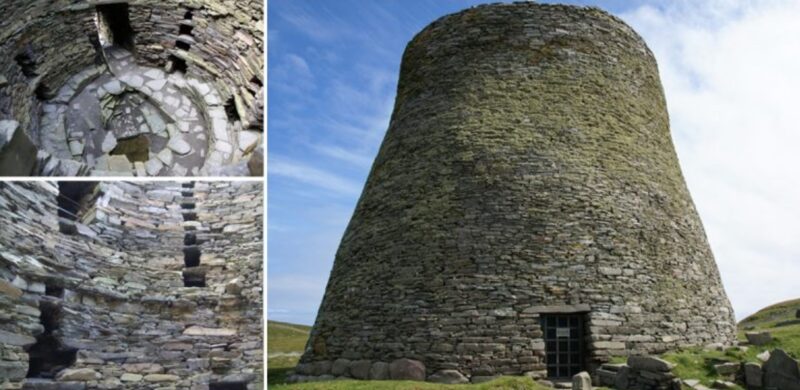
Norse Connections
Mousa Broch’s significance extends beyond the Iron Age. It appears in Norse sagas, where it is said to have provided refuge for a Norwegian couple after a shipwreck around AD 900. This mention underscores its enduring utility and importance across centuries.
Preservation Through Time
Unlike many ancient structures, Mousa Broch has withstood the ravages of time remarkably well. Its intact walls and minimal damage are attributed to its isolated location and skilled construction, making it a rare and invaluable archaeological site.
See more: A Rare Roman Slave Tag: Unveiling the Harsh Realities of Ancient Rome
Architecture of Mousa Broch
Imposing Height and Structure
Standing at 43 feet tall, Mousa Broch is the tallest broch still standing. Its drystone construction features walls up to 16 feet thick, with a hollow interior design that creates a spiral staircase leading to the top. This architectural ingenuity ensured both durability and functionality.
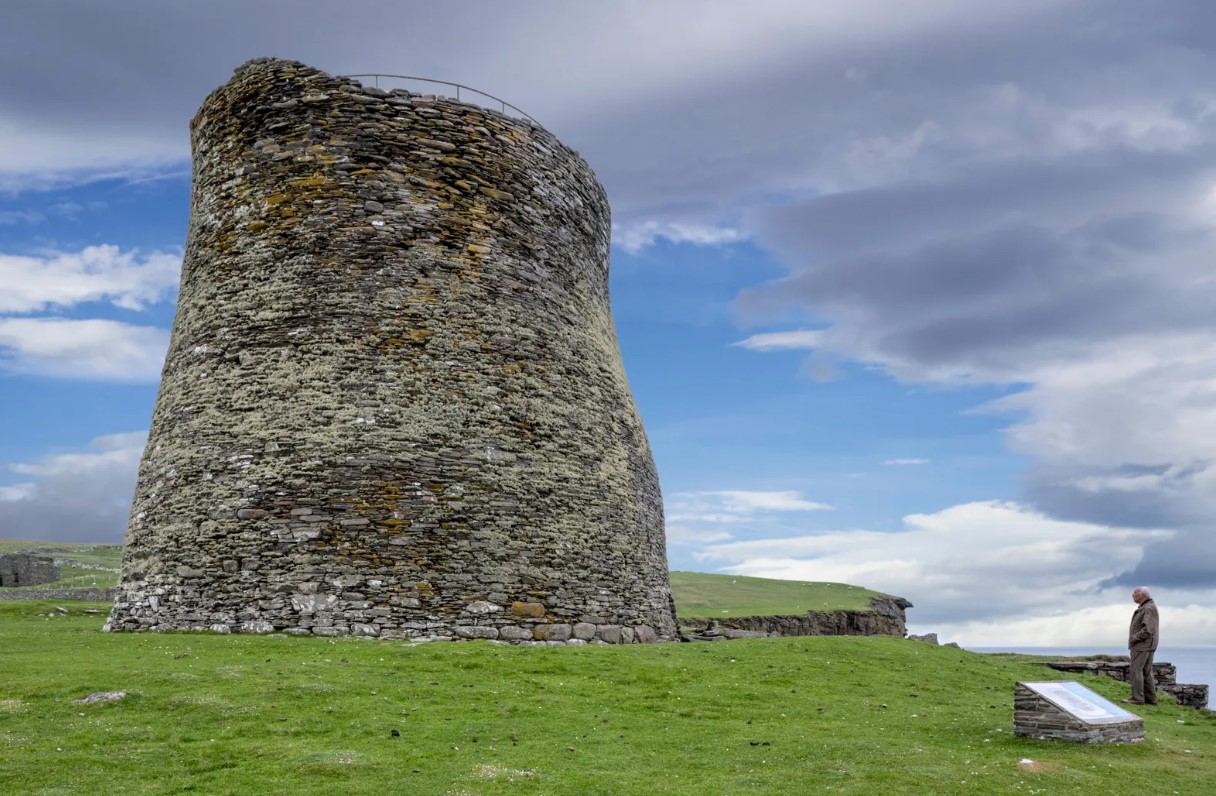
Strategic Design
The broch’s placement near the coast provided natural defensive advantages. From its top, inhabitants could survey the surrounding waters for potential threats, while its thick walls offered protection against invaders.
Interior Features
Inside the broch, the ground floor contained small rooms and storage spaces, while the upper levels likely housed living quarters. The spiral staircase, still accessible today, is a testament to the builders’ craftsmanship and innovation.
See more: The Twelve-Angled Stone in Cusco: A Testament to Ancient Ingenuity
Life at Mousa Broch
A High-Status Residence
Mousa Broch was likely home to a chieftain or an elite family, reflecting its size and strategic importance. The resources required to construct such a structure suggest it was a symbol of wealth and power during the Iron Age.
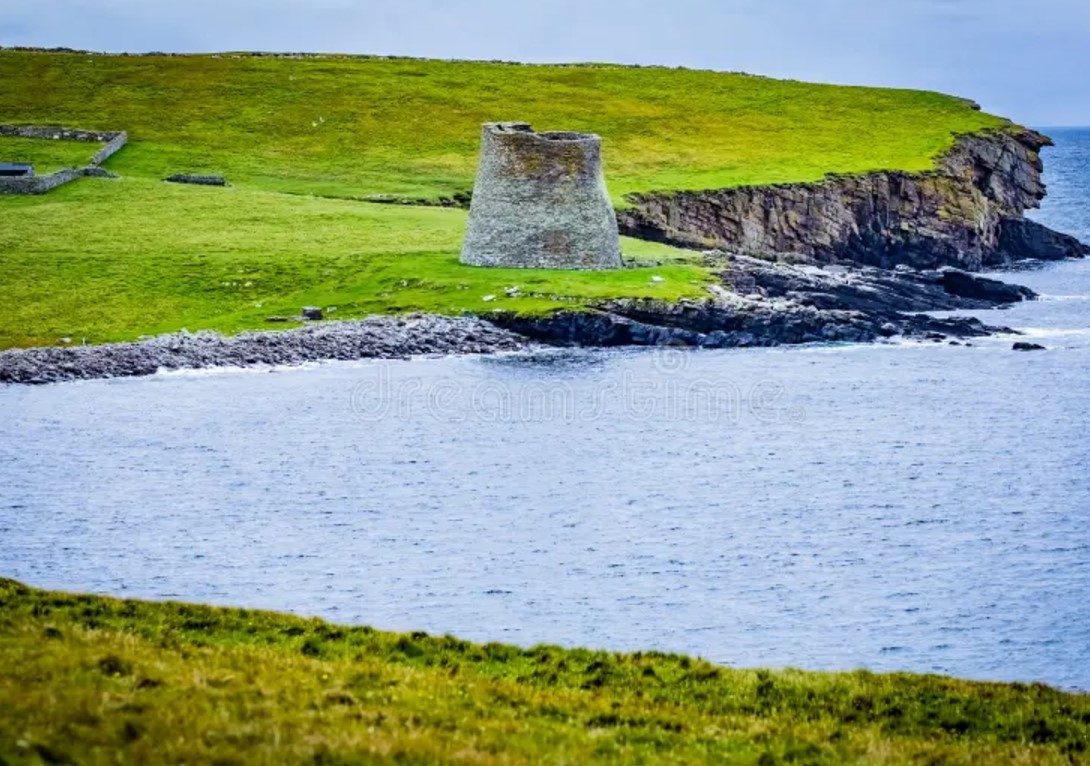
Daily Activities
The inhabitants of Mousa Broch would have engaged in activities such as fishing, farming, and trading. The broch’s coastal location made it a hub for both subsistence and commerce, connecting its residents to the wider world.
Mousa Broch Today
A UNESCO Candidate
Mousa Broch’s historical and architectural significance has made it a strong candidate for UNESCO World Heritage status. It represents a key piece of Scotland’s ancient heritage and attracts historians and tourists alike.
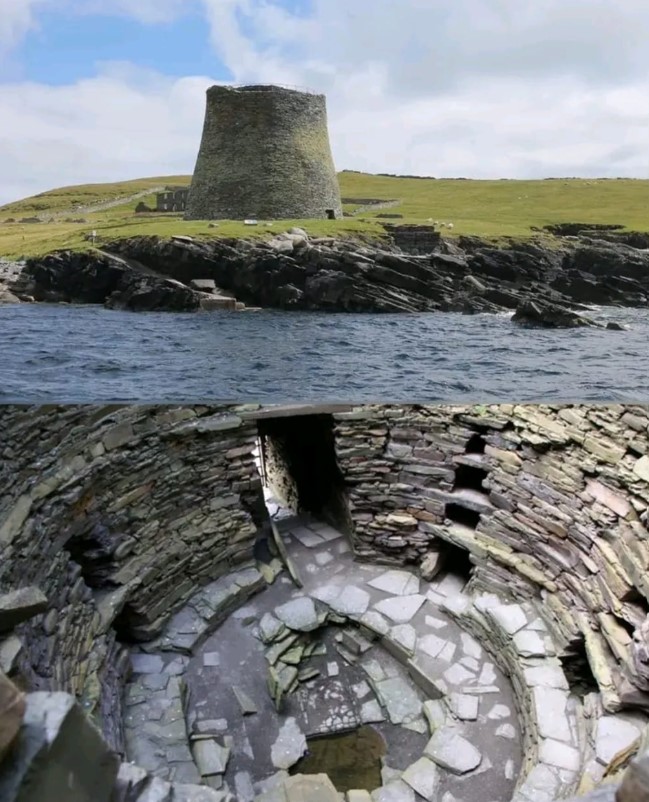
A Popular Tourist Attraction
Today, Mousa Broch is a must-visit destination for those exploring Shetland. Visitors can climb the spiral staircase to the top, experiencing firsthand the ingenuity of its builders and the breathtaking views of the surrounding landscape.
The Enduring Legacy of Mousa Broch
A Symbol of Ingenuity
Mousa Broch stands as a symbol of human ingenuity and resilience. Its construction over 2,000 years ago, without modern tools or technology, showcases the advanced skills of Iron Age builders.
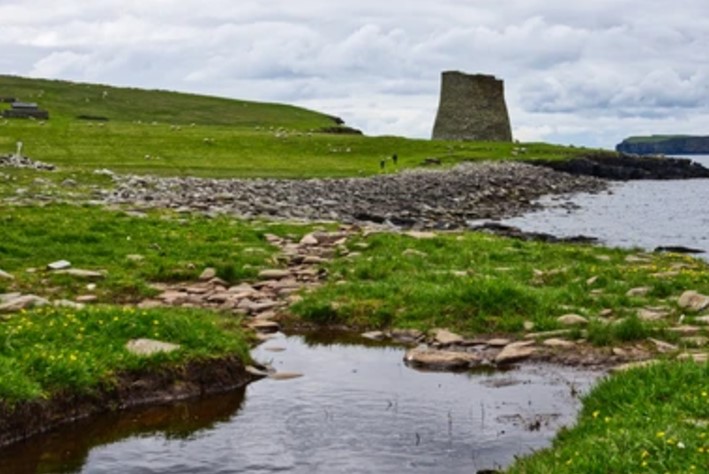
An Archaeological Treasure
As one of the best-preserved examples of its kind, Mousa Broch offers invaluable insights into ancient Scottish life. It is a treasure not just for Scotland but for the study of human history worldwide.
Inspiring Future Generations
Mousa Broch continues to inspire and educate. Its story reminds us of the ingenuity of our ancestors and the importance of preserving historical sites for future generations.
Conclusion: A Timeless Monument
Mousa Broch is more than just an ancient structure; it is a bridge to the past, offering a glimpse into the lives, challenges, and achievements of Scotland’s Iron Age inhabitants. Its towering walls and well-preserved features make it a unique archaeological wonder, standing tall as a testament to human creativity and resilience.

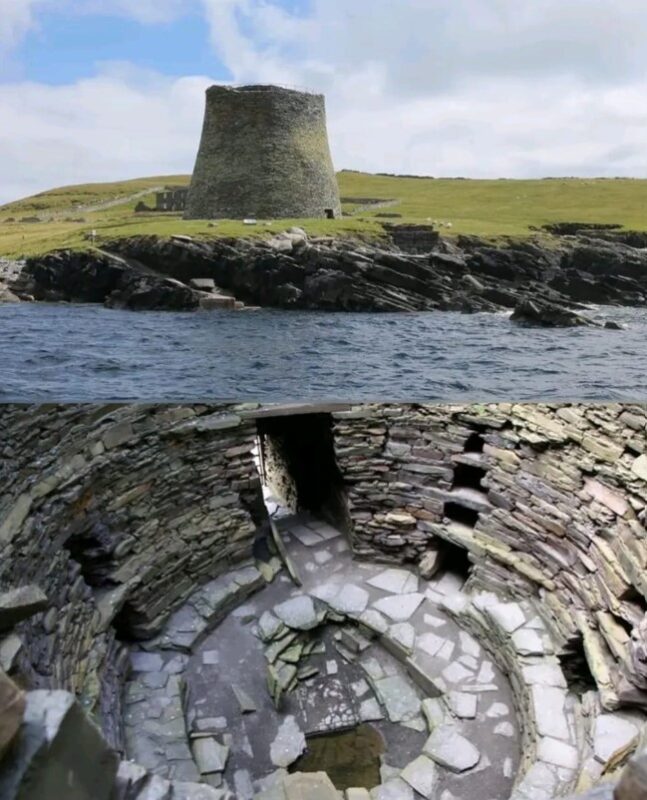
CÁC TIN KHÁC
Mark Twain & Olivia Langdon: A 36-Year Love Story Filled with Laughter and Devotion
The Tollund Man: A 2,400-Year-Old Mystery Preserved in a Danish Bog
Skara Brae: Scotland’s Hidden Neolithic Village
Porta Nigra: The Hidden Depths of Trier’s Iconic Roman Gate